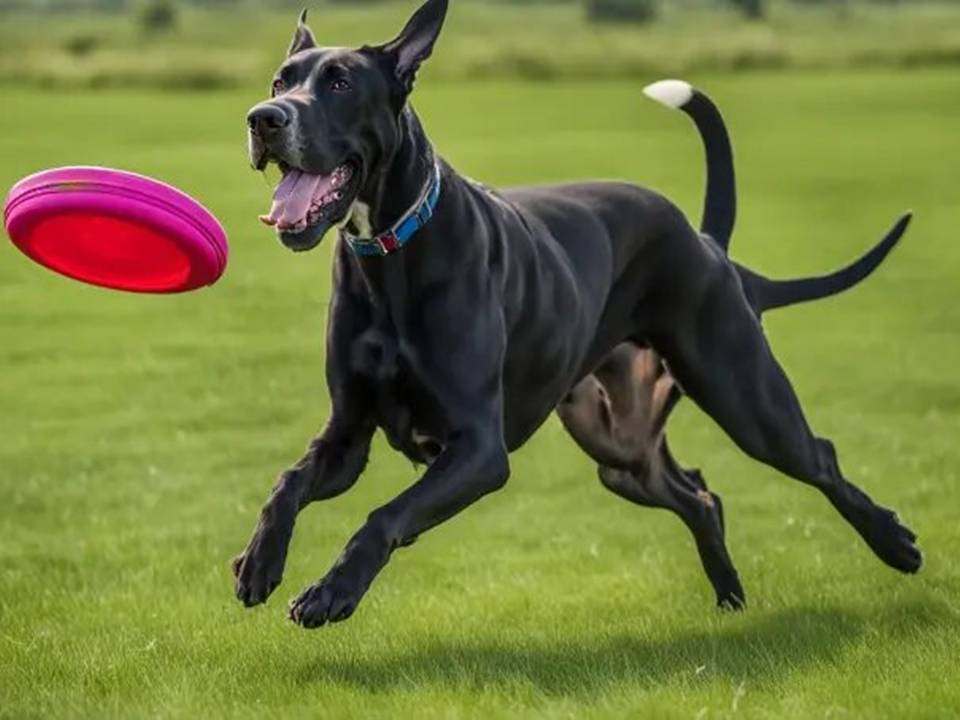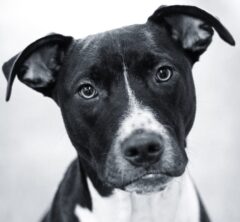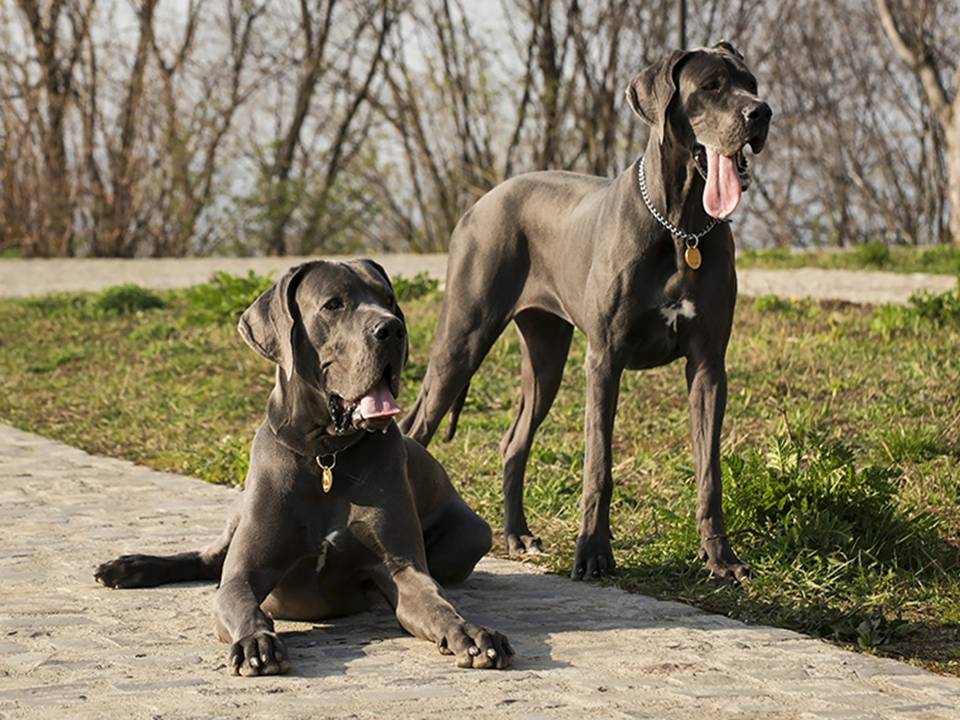The Great Dane: A Majestic Dog Breed
The Great Dane, known as the “Apollo of Dogs,” is a majestic and recognizable breed. It is famous for its enormous size, elegance, and noble demeanour. Today, Great Danes are beloved for their gentle nature and loyalty. However, their history spans centuries of evolution, selective breeding, and adaptation to various roles.
Origins of the Great Dane
The Great Dane’s ancestry dates back to ancient times. Early references suggest the breed descends from war and hunting dogs in Greece, Rome, and Egypt. The ancestors of the Great Dane were large Mastiff-type dogs, bred for hunting big game like wild boar and for use in warfare. These dogs were powerful and strong, and their size made them valuable in battle.
Ancient Babylonian temples and Egyptian monuments depict large hunting dogs resembling the Great Dane. This suggests dogs of similar stature existed long before the breed was formalized. The Assyrians, known for their military prowess, traded these dogs with other civilizations, spreading them across the ancient world.
Development in Europe
The Great Dane we recognize today evolved in Germany. In the Middle Ages, Germany had an abundance of wild boar, requiring powerful dogs for hunting. Early ancestors of the Great Dane were large, aggressive Mastiff-like dogs that could take down boars. These dogs became vital companions to nobility during hunting expeditions.
In Germany, these dogs were called “Deutsche Dogge,” or “German Mastiff.” Others called them “Boar Hounds” due to their role in boar hunting. These dogs needed power, speed, and agility to chase prey through dense forests.

By the 16th century, German breeders began refining the breed. They focused on making the dogs more sociable, less aggressive, and suitable for domestic life. They also worked to create a more elegant and refined appearance for the breed, making it desirable for the German aristocracy.
The Name “Great Dane”
Despite its German roots, the name “Great Dane” comes from France. In the 1700s, French naturalist Georges-Louis Leclerc, Comte de Buffon, travelled to Denmark. There, he encountered the German Mastiff and mistakenly believed it was of Danish origin. He called it “le Grand Danois,” or “Great Dane.” The name stuck, even though the breed has no significant ties to Denmark.
In Germany, the breed remained known as the “Deutsche Dogge.” Today, the breed is still called this in much of Europe. However, “Great Dane” became common in English-speaking countries, leading to some confusion about the breed’s true origins.
Formalizing the Breed
The Great Dane continued to evolve throughout the 19th century. Breeders aimed to standardize the breed’s characteristics. In 1880, Germany created the first breed standard, which defined the modern Great Dane’s size, muscular build, square jaw, and dignified temperament.
The breed reached the United States and England in the late 19th century. It quickly gained popularity due to its imposing appearance, loyalty, and grace. In 1887, the American Kennel Club (AKC) officially recognized the breed, solidifying its place among dog lovers.
Role in Modern Times
The Great Dane’s role has changed over time. Originally bred for hunting wild boar, its fierce instincts were softened as the breed became more domesticated. Today, the Great Dane is a gentle and affectionate companion. Known as a “gentle giant,” the breed is famous for its calm, friendly, and patient demeanour.
Great Danes are loyal and protective of their homes. They make excellent watchdogs, though they are not typically aggressive unless provoked. Their majestic appearance and friendly nature have made them popular in popular culture. They have appeared in films, cartoons, and as university mascots. Their size and elegance also make them a spectacle at dog shows and public events.
Health and Lifespan
The Great Dane has a relatively short lifespan, typically 7 to 10 years. Their enormous size comes with health challenges, including hip dysplasia, heart disease, and bloat—a life-threatening condition affecting large dogs.
Despite these challenges, Great Dane owners appreciate the breed’s gentle nature, loyalty, and affectionate personality. The breed remains popular worldwide, with enthusiasts focused on maintaining its health through responsible breeding and care.
Conclusion
The Great Dane’s history shows its versatility and adaptability. From ancient war dogs and boar hunters to beloved family companions, the breed has transformed remarkably. Despite its size, the Great Dane is adored for its gentle and loving nature. Its noble lineage and role as a loyal, protective companion ensure the Great Dane remains a cherished breed for generations.


